Arrived at the Mi 11 Lite 4G and Mi 11 Lite 5G. The annual Mi series also includes a Lite model, and this time there are 2 versions.
There's no denying that these two phones are a design match. They're not compact, small phones, but they are extremely light and slim. A 4G-s 157, the 5G-s 159 grammos. Thickness 6,8mm. I received both in black, but the 4G is available in pink and blue, and the 5G in green and yellow.
Box, accessories
The two mobiles come with the same thing, except for the phone:
- sim needle
- description
- silicone case
- USB-C > Jack adapter
- 33W fast charger
- fast charging cable
The attached silicone case it's protected from all angles, and it folds over the front panel, so you can put it face down on the table without scratching it. A thin plastic display protection film can also be found factory-installed on the display.

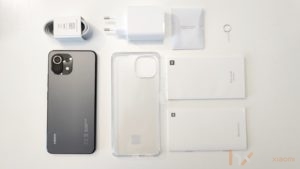
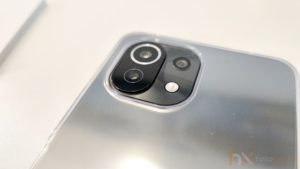
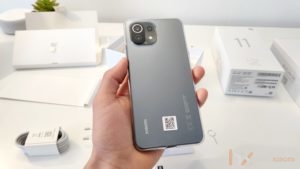

Exterior, design
The backs of the two mobiles are different. The 4G one has a glossy back, the 5G one has a matt back. Either way, I think neither is uglier than the other. The glossy one is more smudgeable, the matte one is more slippery. On the other hand, the front is protected by Gorillas Glass 5 on the 4G version and Gorillas Glass 6 on the other. I haven't mentioned their weight and thickness, the grip is very airy and the feel is quite good. However, the edges of the USB-C port are a bit sharp, so it's not a good idea to hold it with a pinky finger propped up underneath. Both are Ip 53 drop resistant. The notification led is left out, incomprehensible to me, most Xiaomi phones these days leave this out. Instead there is Always On Display, but it only lights up for 10 seconds after touch. So no led, no nothing.
The fingerprint scanner has been moved to the right of the power button. The speed is very fast and the placement is quite ok. In the left hand, it can be comfortably reached with the middle finger. Besides this, there is 2D face recognition. Less secure, but fast. You also get an infrared on top, so you can turn on the climate with your phone. The SIM tray can take two nanoSIMs, but one of them can also take a microSD. The camera island isn't too far from the back. It's got a similar design to the Mi 11.
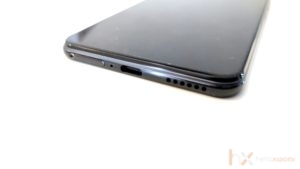
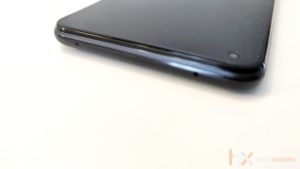
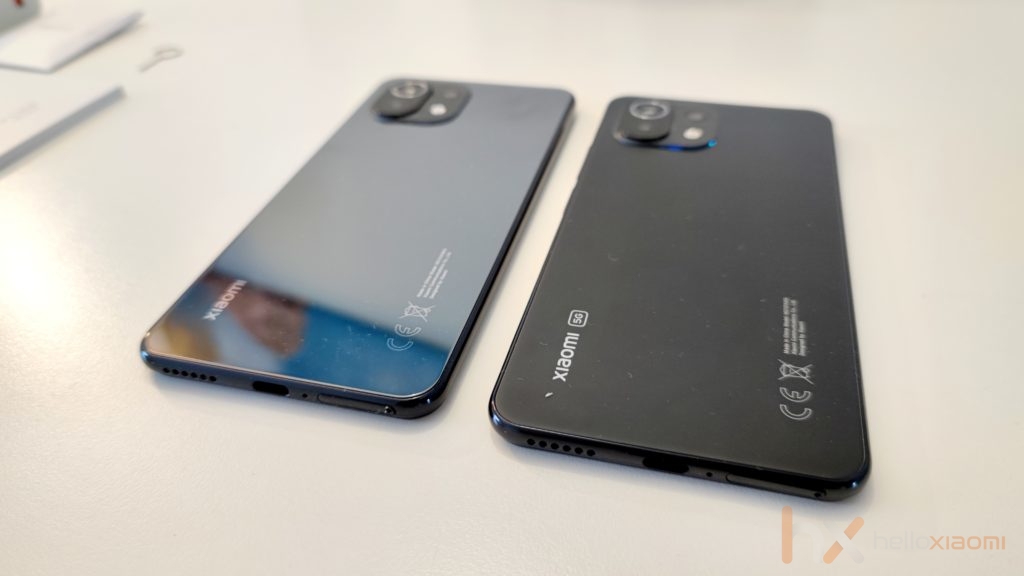
Display
Between thin coffee beans, they have an Amoled panel with an 'o' cut-out closed to the left.
- 6,55″ diagonal screen
- 1080×2400 resolution
- 402 ppi
- 90Hz image refresh
- HDR 10 support
- Max 800 nit
Brightness is sufficient, colours are nice, resolution is good, viewing angles are super, blacks are deep.
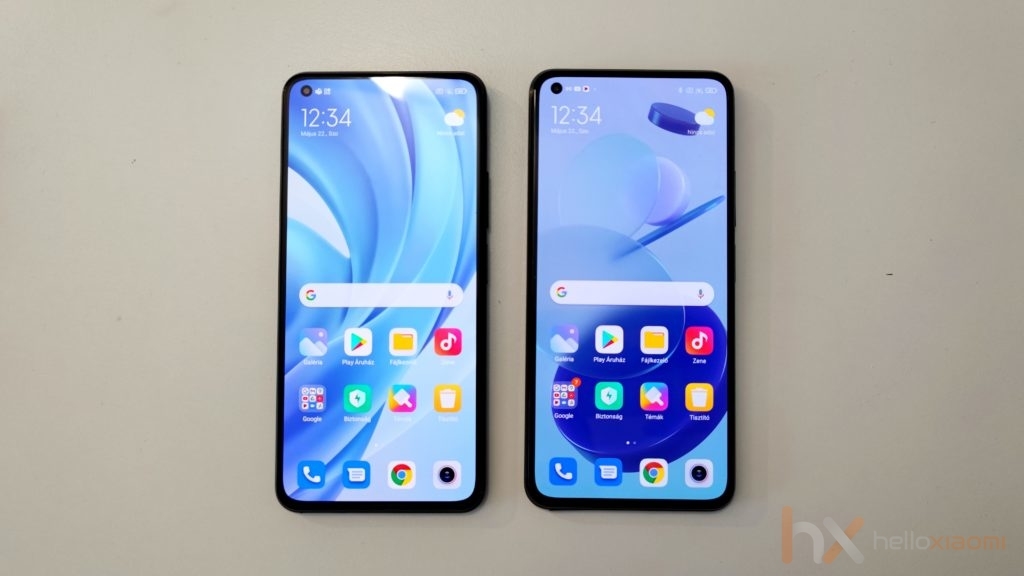
Speakers
With a bit of cheating, they can also boast stereo sound. One member of the stereo pair is the speaker below, the other is the speech speaker. Despite this, you can't really tell the difference between the two sides. There's a nice clean sound, some bass and no shortage of volume.
Camera
On the back, there is no difference between the two models.
- Main camera: 64Mp, f/1.8, 26mm, 1/1.97″
- Ultra-wide: 8Mp, F/2.2, 119o, 1/4,0″
- Macro: 5Mp, F/2.4
- Front (4G): 16Mp, f/2.5, 25mm, 1/3.06″
- Front (5G): 20Mp, F/2.2, 27mm, 1/3.4″
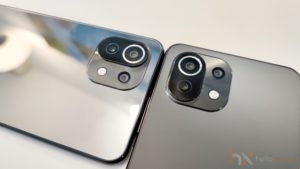
Images from the main camera are rich in detail, have a good dynamic range, handle sharpness settings well, and have good colours. The ultra-wide-angle camera also takes fairly decent pictures, but resolution could be higher, dynamic range is similar to the main camera, but colours are duller. The macro camera is nothing special, it can take close-ups with reasonable quality. Front-facing video can be captured at 1080p60 fps on the more expensive one, but only 30 fps on the 4G.
The camera app has plenty of features. There's HDR and Ai in normal photo mode. You can switch to ultra wide-angle at the bottom and macro at the top. There's portrait mode with great functionality. For fun lovers, there's pro mode, then video mode. It can record at a maximum of 4k30fps. I'm happy with the video capabilities, with correct image stabilisation at all resolutions. There is a night mode under the multiple tabs. It doesn't do so well in night shots, but it shouldn't be a problem. There is 64 megapixel mode with no pixel blending, short video, panorama, dock scan, and then vlog mode. There are more than 10 templates, you can choose one, then it asks you to capture 1-2 second shots, from which it stitches together a spectacular video. You can record in slow motion at max 720p@960 or 1080p@120 fps. It also has the option to record time lapse and double video, where it records both front and back video at the same time. Like the Mi 11, it also gets a movie effects feature with all sorts of creative options. There's also a long exposure for making star trails or painting with light. In clone mode, you can make more of yourself in either photo or video.
Main camera







Ultra-wide




Macro



Performance, hardware
There is a steep difference in performance between the two. The 4G version has the same hardware as the Redmi Note 10 Pro.
- Qualcomm SM7150 Snapdragon 732G (8 nm)
- 8 cores (2×2.3 GHz Kryo 470 Gold & 6×1.8 GHz Kryo 470 Silver)
- Adreno 618
- UFS 2.2
- 6/128 or 8/128 or 8/256
The 5G version is noticeably more powerful.
- Qualcomm SM7350-AB Snapdragon 780G (5 nm)
- Octa-core (1×2.4 GHz Kryo 670 & 3×2.2 GHz Kryo 670 & 4×1.90 GHz Kryo 670)
- Adreno 642
- UFS 2.2
- 6/128 or 8/128 or 8/256
There is a noticeable difference in performance between the two, which is reflected in the scores. Even on the main screen, the difference is noticeable, even though both are 90Hz, the 5G version has a much smoother picture, the 4G version can't keep the 90Hz refresh as stable, the 5G version, on the other hand, is more stable. The difference in gaming is also very noticeable, while the 4G HD graphics support PUBG mobile at around 30 fps, the 5G HDR graphics support it at around 50 fps. You'll be perfectly fine with 4G, but if you want to play games or need a smooth picture, 5G will definitely be the winner.
Operating hours
Both have a 4250mAh battery, which can be charged with 33W. I got 5-6 hours of display time out of it at 90Hz, which isn't bad. Full charge time is 45-50 minutes. However, they cannot be charged wirelessly.
Software
MIUI 12 is currently running on Android 11 with Google's April security pack. It comes pre-installed with all the google crap, Xiaomi apps, Facebook, WPS, office, booking.com, Netflix and a few crappy games. With the exception of a few google apps and Xiaomi apps, these can be deleted. There's Google discover, the new control center, schedulable scanner and dark mode, floating windows, split screen and loads of super MIUI features.
Data communication
Both:
- NFC
- OTG
- infra
The 4G:
- Wifi 5
- Bluetooth 5.1
- 4G mobile internet
The 5G:
- Wifi 6
- Bluetooth 5.2
- 5G mobile internet
Summary
The Redmi note 10 pro, which you can check out the review here, is priced on par with the Mi 11 lite 4G. Hardware wise they have the same, camera wise they are on a similar level, display in the Redmi is bigger and 120Hz, battery is also bigger in it. The deciding factor here is basically whether you want an extra light and thin phone with similar capabilities based on design, not forgetting that it's better in video capabilities and has got the cinema effects found in the Mi 11, or whether you'd rather go for the Redmi which is better in a few aspects for value for money. I'd recommend the 5G version, which is 30k more expensive, if you like what I've described, but want a really serious phone, because you want to play games on it, maybe you want 5G or Wifi 6. In short, the 5G one goes for hardware and advanced data communications, with a few little tweaks.
Thank you Xiaomishop for the test devices!

















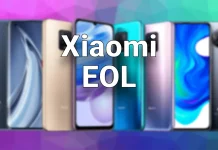
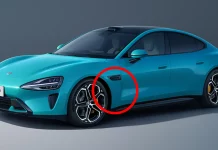
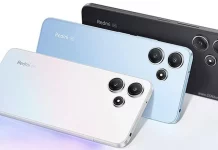
![[149] HyperOS heti hibajelentés](https://helloxiaomi.hu/wp-content/uploads/2024/04/hyperosbugreportindex-218x150.webp)

